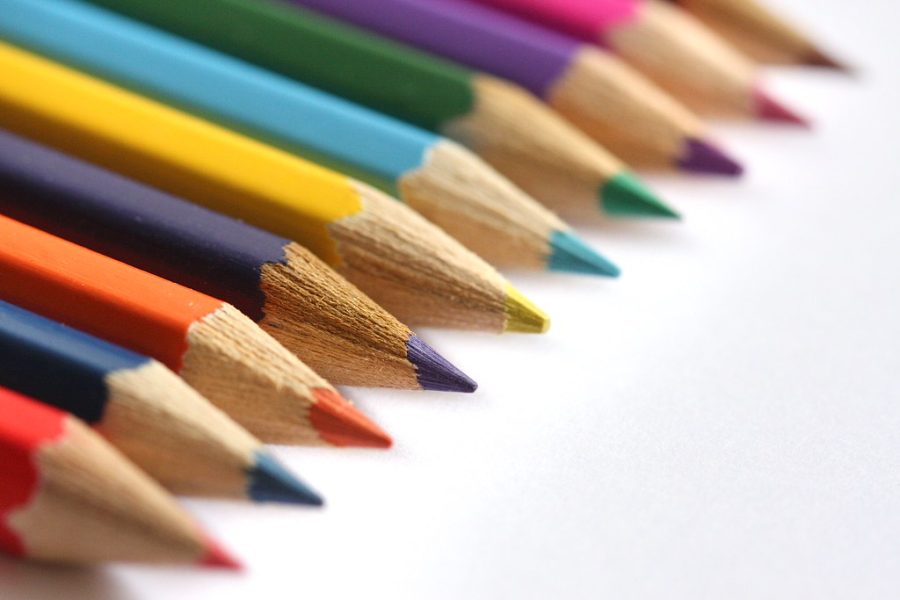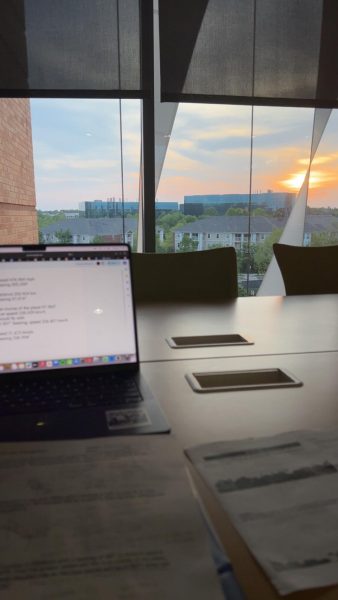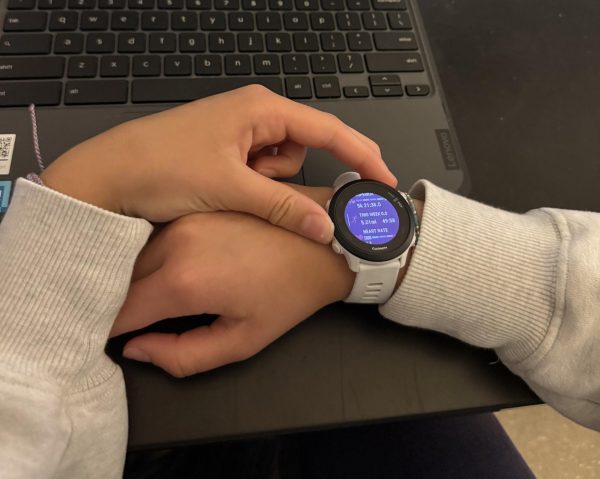The best stress reducer: coloring
Photo used with permission from Creative Commons
There are a variety of different colors and techniques to use when coloring.
It might be said that coloring can stress people out, because when the color is outside the lines, it is not perfect. But this is actually fine because the final coloring does not need to be perfect, it can be however you want it to be.
An argument that could be made against the relaxing effect of coloring is that it is difficult to choose colors that work well with your drawing. This actually de-stresses you because it generates the part of your brain that the creative art process happens in, the frontal cortex. Using your frontal cortex for art and not for other more strenuous subjects can relax you.
Both choosing colors and staying inside the lines can be stressful for people, but coloring can teach people to free their mind and go along with what is happening in the present moment and not to worry about the final result. “It is hard to screw up coloring, and, even if you do, there is no real consequence,” Scott M. Bea, PsyD told Cleveland Clinic, in a May 2020 article.
Coloring is also an activity you can do without a screen. Kids these days are always on their phones and computers, so a screen time break is important. Especially when it is nighttime, and screen exposure reduces melatonin, incorporating a small coloring break is helpful. An article by Beaumont states, “Coloring is a relaxing and electronic-free bedtime ritual that won’t disturb your level of melatonin.”
Coloring, like other forms of artistic expression, has also been proven to help with anxiety and other mental health issues. It has the same effect as meditating by putting your brain at ease and reducing thoughts. Beaumont said, “Coloring has the ability to relax the fear center of your brain, the amygdala.”
It has also been shown that if you liked coloring as a child, you will most likely like it as an adult or later in life. “Adults typically choose forms of activities they loved as children for their adult recreations,” Dr. Bea said.
For busy and stressed students, coloring proves a helpful break in studying. Studies have proven that studying and working effectiveness decreases after 30 minutes, so taking a five to 10 minute break between study sessions can up your effectiveness. The perfect way to spend this beak is by coloring. Coloring takes your mind off the work, while still keeping your brain working. “While logic helps us stay inside the lines, choosing colors generates a creative thought process,” a Beaumont article said.
With all the stress of school and piling work, taking a few study breaks to color can help you be more productive, improve your memory and reduce anxiety.
Your donation will support the student journalists of Thomas S. Wootton High School. Your contribution will allow us to purchase equipment and cover our annual website hosting costs.










